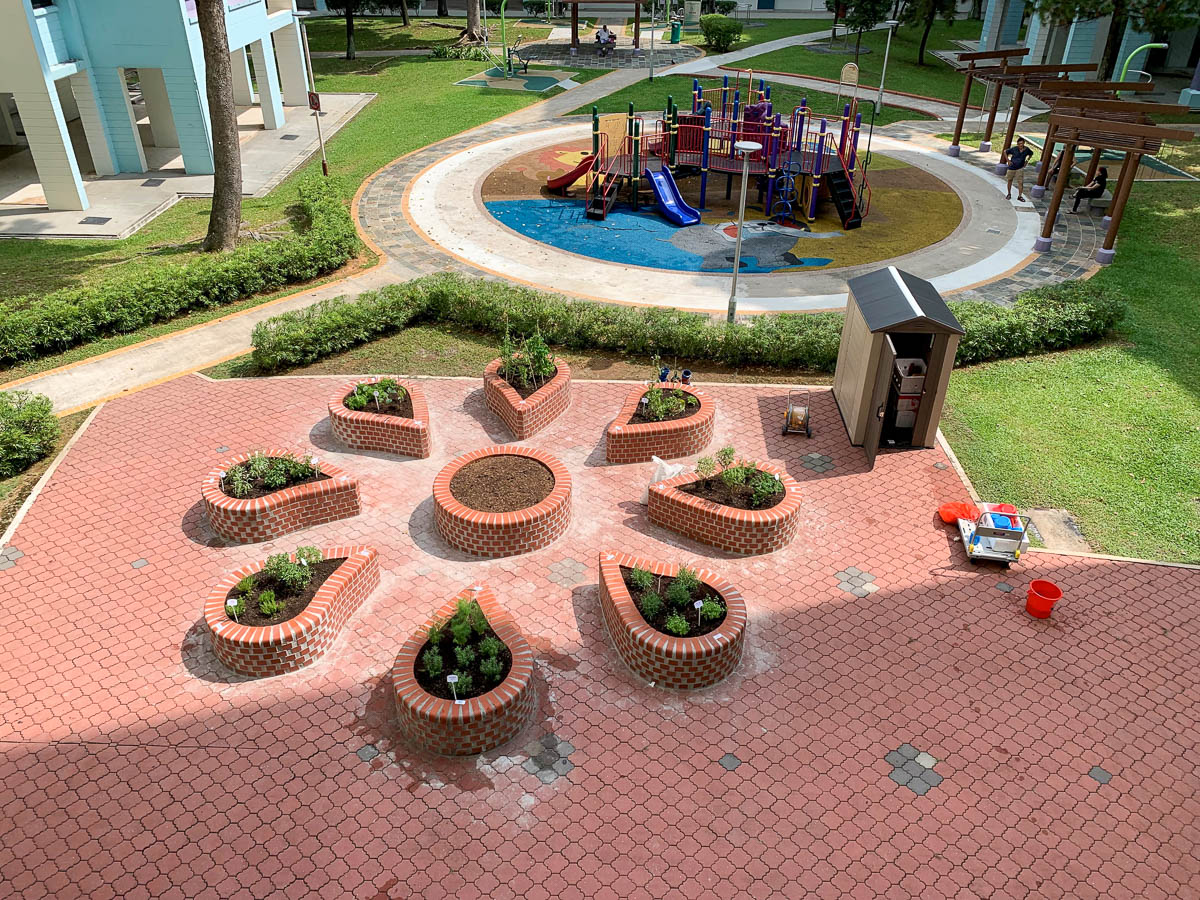Gauging light

Sunlight is essential for plant growth. It provides energy for plants to photosynthesise, a process where plants convert water, carbon dioxide and light energy to sugars, which drives their growth. The amount of light your garden gets will determine what plants can grow.
As a tropical country near the equator, Singapore’s daylight is roughly 12 hours year-round. Of the 12 hours, around 8 hours is of direct sunlight. Depending on what is surrounding your garden, the time of year, and seasonal cloud cover, you may get different hours of direct or indirect sunlight for your plants.
Knowing where and how much sunlight you get will be the first step in planning your garden. It is also important in helping you to troubleshoot your plant problems like sunburn and etiolation.
Sunlight types
Sunlight can come in a few different forms in your garden depending on what is in your surrounding environment.
-
.jpg)
Direct sunlight is unobstructed and will cast a distinct shadow with hard edges. Most gardens that are open to the sky will get at least an hour of direct sunlight at noon. Gardens on rooftops and in fields are likely to get direct sunlight for most of the day.
-
.jpg)
Indirect sunlight is light that is coming at an angle, bounced off another surface or filtered through things like clouds or shade cloth. It is less intense than direct sunlight and will cast an indistinct shadow with soft edges. Gardens at the foot of large buildings, in corridors, and along north-and south-facing windows indoors are likely to receive mostly indirect sunlight throughout the day.
-

Dappled shade is direct sunlight that is obstructed by other, taller plants. Trees and tall crops often cast dappled shade, which is ideal for growing smaller leafy vegetables, to protect vulnerable seedlings, or to grow plants that can be found in forests or on forest floors. It can be considered roughly equivalent to indirect sunlight.
-
Deep shade has little or no sunlight reaching the ground at all. Areas of a garden in deep shade will not have shadows. Areas immediately next to walls, far away from windows or in the middle of shelters are generally in deep shade. It is difficult to grow things in areas that are in deep shade for most of the day. These spots can instead be used for other hardscapes such as storage.
What is considered full sun, partial shade and full shade?
Depending on what kind of sunlight you get and for how long, you can estimate whether you have full sun, partial sun or full shade. Observe your garden at 9am, 12noon, and 5pm on a cloudless day to count how many hours and what kind of sunlight you get.
| Hours of direct sunlight | Hours of indirect sunlight or dappled shade | |
|---|---|---|
| Full sun | 4, minimum | 6, minimum |
| Partial shade | 2-4 | 4-6 |
| Full shade | Less than 2 | Less than 4 |
It is better to underestimate the amount of light you receive as too much sun is easily remedied by using shade netting. A lack of light is much harder to deal with, as it will require choosing a new site for use or the installation of grow lights.
How do I measure sunlight for my garden?
Draw a simple map of your garden. Take note of existing buildings, structures, trees and waterbodies, as well as your garden boundaries. Add the four cardinal directions (North, South, East, West), preferably on the top corner of your map.

Visit your garden at 9:00 AM, 12:00 Noon, 3:00 PM and 6:00 PM on a sunny day and take an overview photo to see where there are shadows. If you can’t take an overhead shot, you can also take photos of the shadow you cast while in different parts of the garden.
Match your photos to your garden map to see which parts have full sunlight, indirect sunlight, or full shade at each time of day. Based on your observations, you can now calculate how much sunlight you get at each part of the garden.

For example, the top left part of the garden may have direct sun at 9am, 12 noon, and 3pm. This means it gets at least 6 hours of direct sunlight, and can be considered full sun. The bottom right part of the garden only had direct sun at 9am and 12 noon, after which a nearby building casts deep shade over it. This means that area gets only around 3 hours of direct sun, making it partially shaded.

